In Luis Buñuel’s surreal 60s classic, Catherine Deneuve’s porcelain perfection hides a cracked interior in one of her most iconic roles: Séverine, a Paris housewife who begins secretly spending her after¬noon hours working in a bordello.
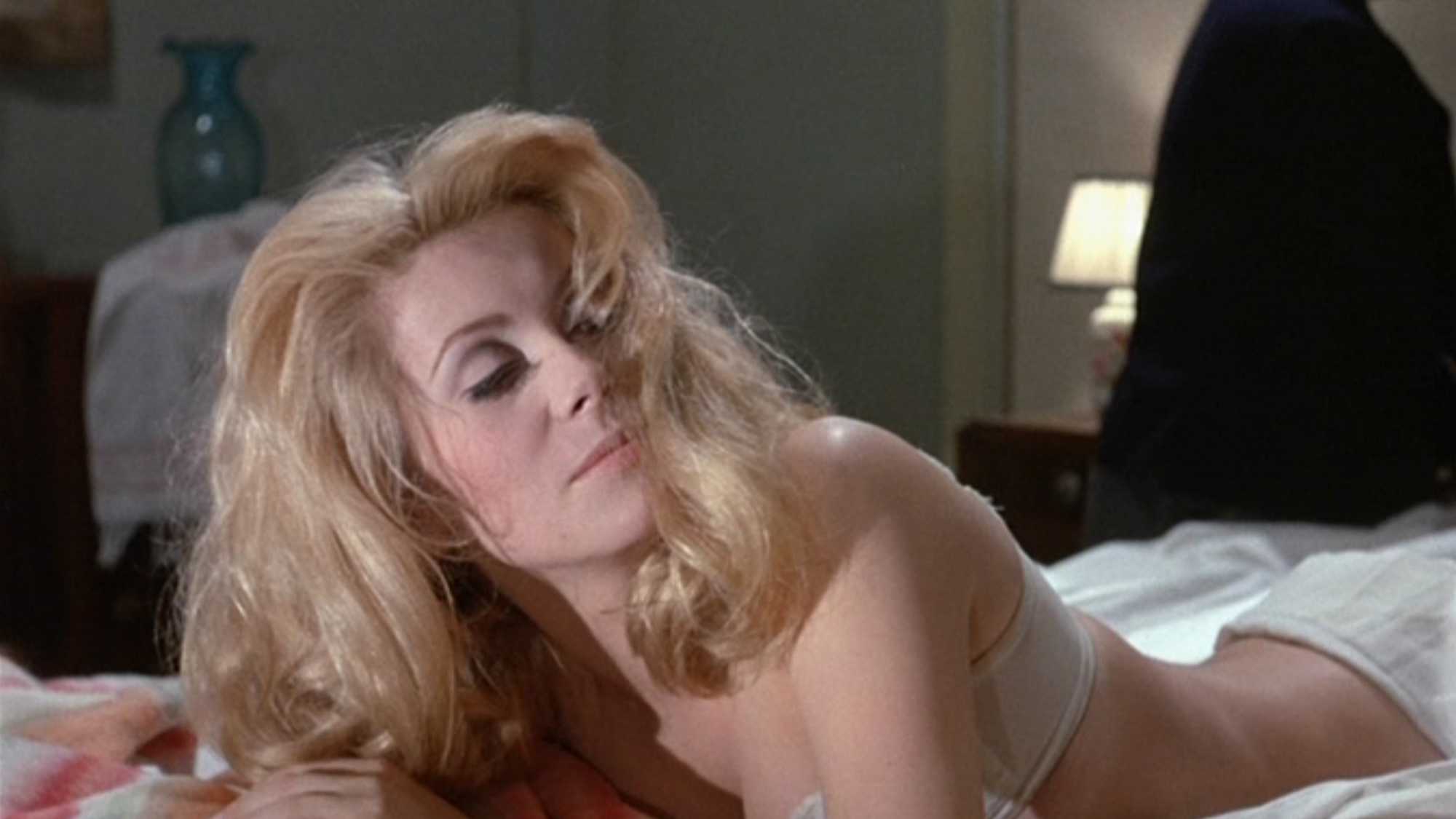
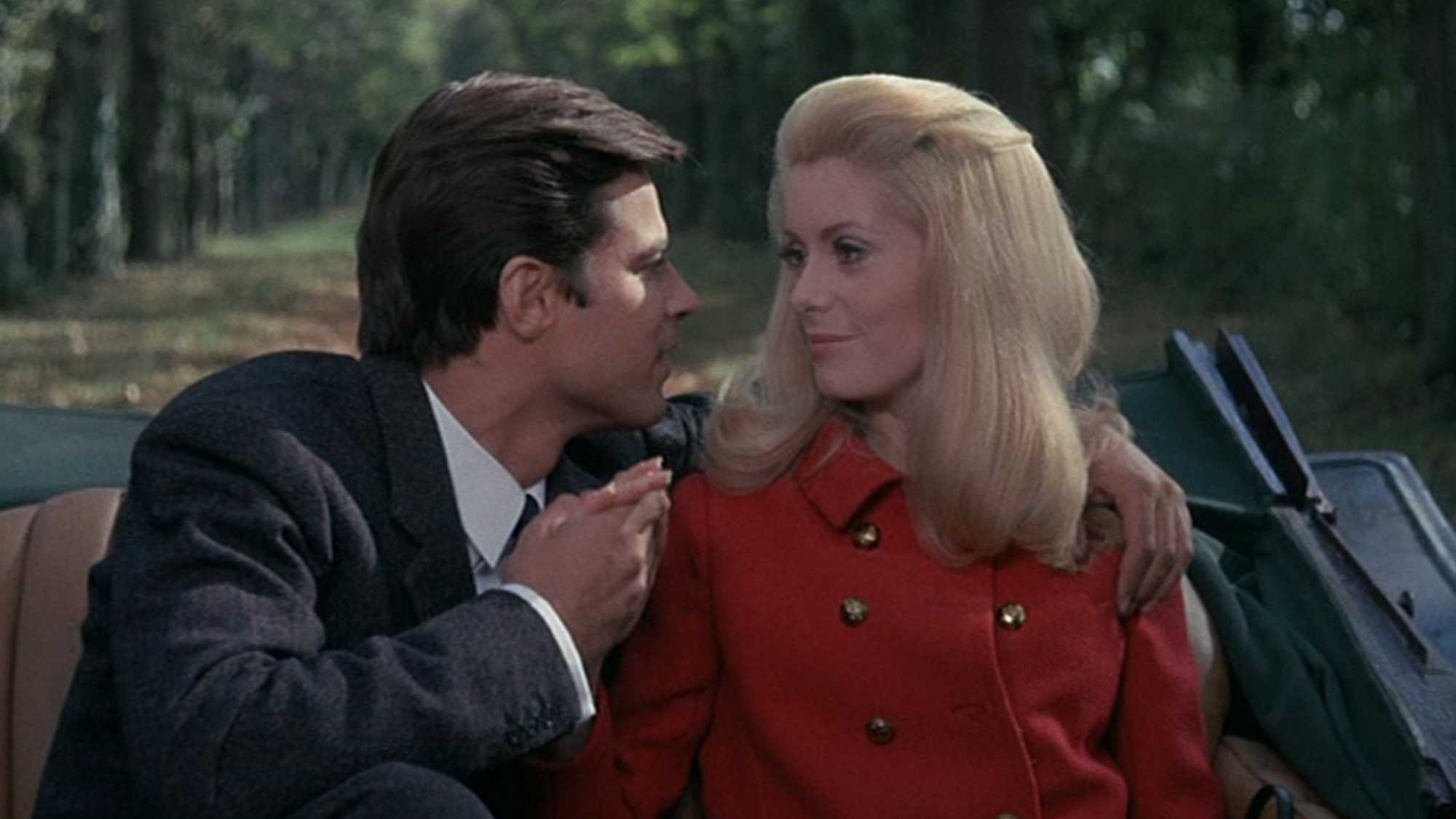
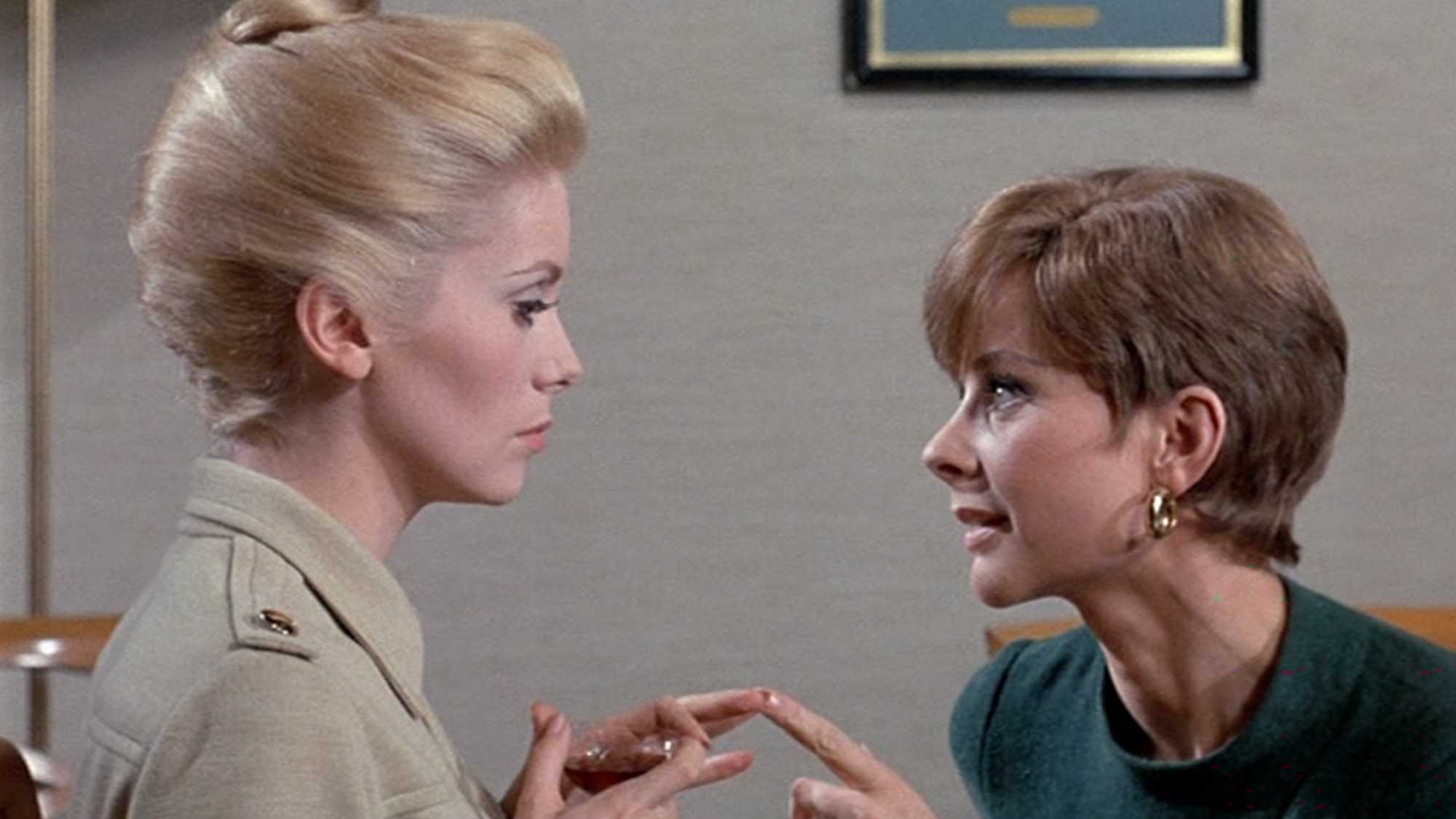
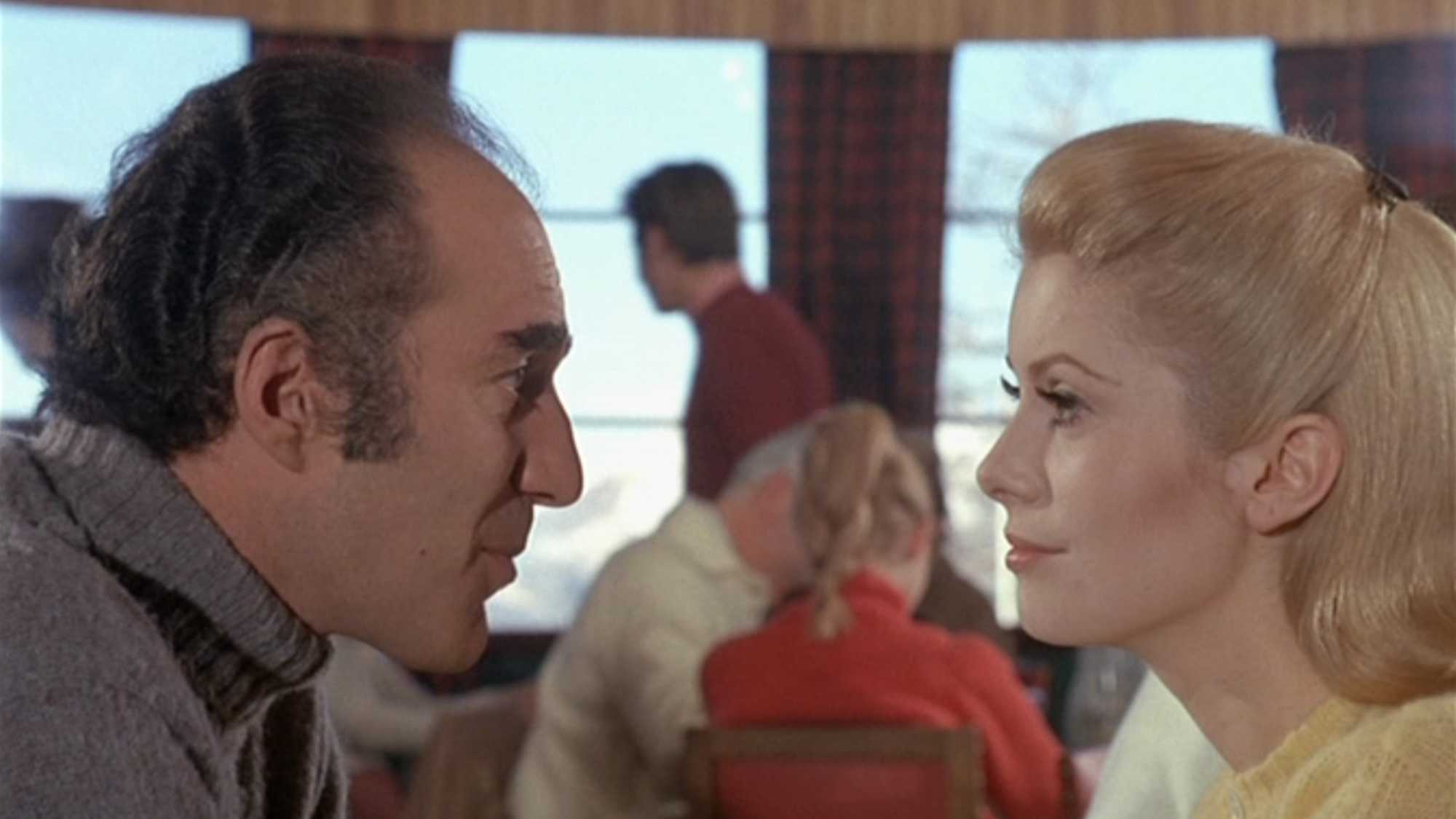
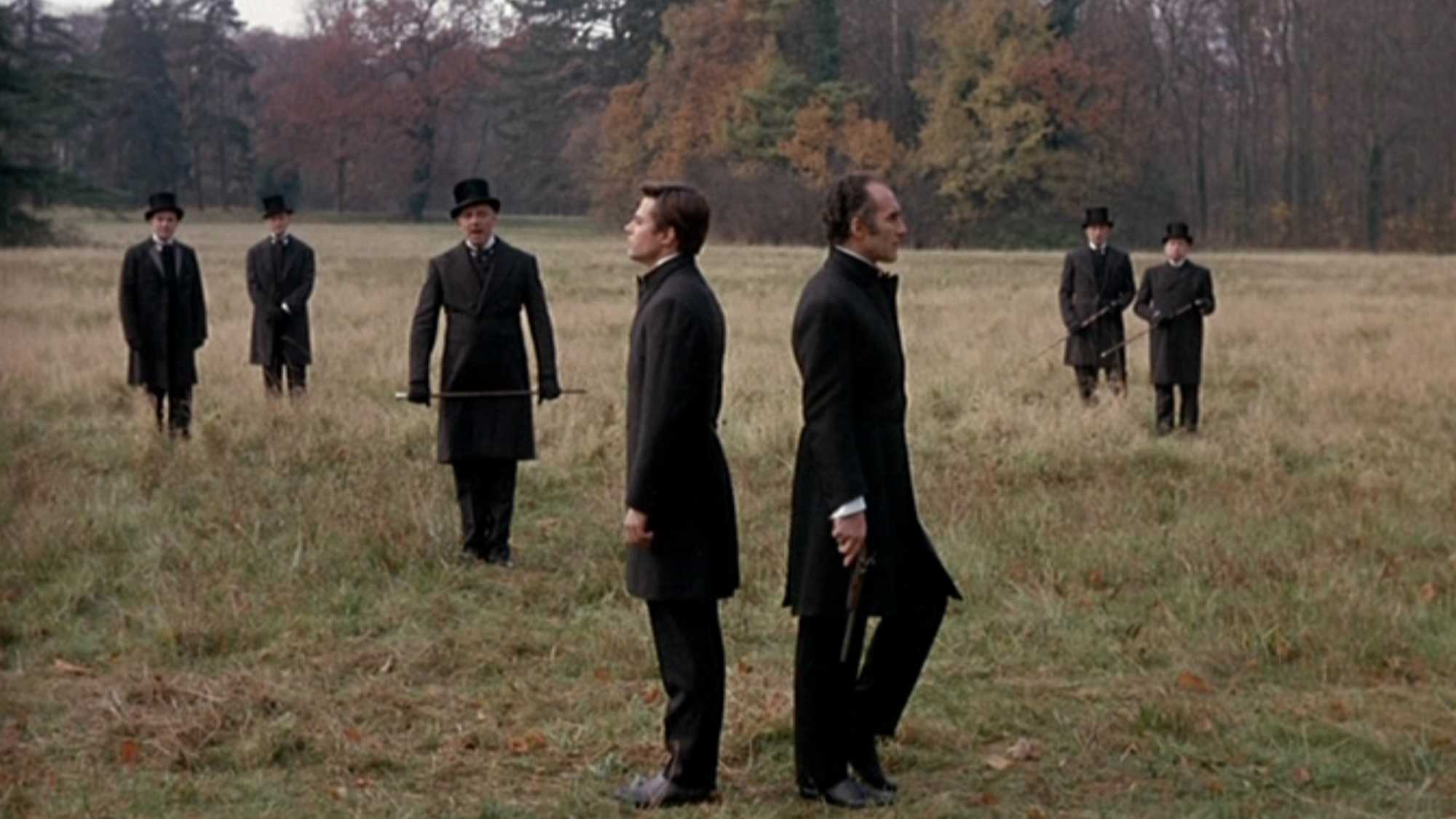
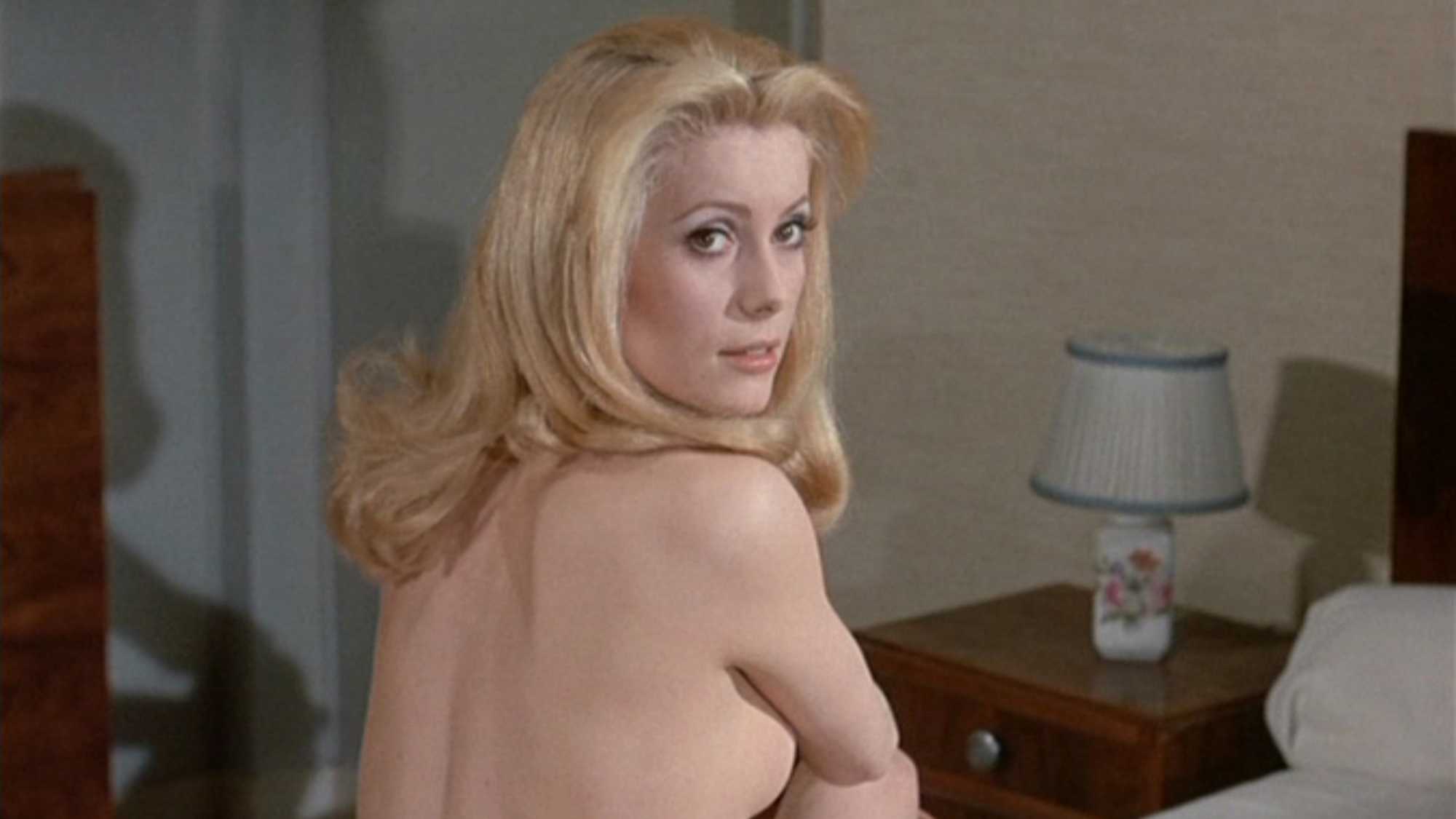
It’s whatever you want it to be, and one of the very few great films.
Screened as part of NZIFF 2017
Belle de Jour 1967
The unchallenged classic of elegant kink, wrought by the cinema’s great surrealist Luis Buñuel on the cool beauty of Catherine Deneuve, returns, direct from its 50th-birthday celebrations in Cannes in a stunning new 4K restoration.
“Catherine Deneuve is married to the handsomest, wealthiest young doctor in the land, but she can’t bear to have him touch her – instead, she spends her afternoons in a discreet Paris brothel, brusquely handled by gangsters, kinksters, and one Kalmyk with a magic box. Between workdays she dreams of even more humiliating encounters, starring her husband and different kinds of knots. The endless appeal of Belle de Jour, I won’t be the first to say, is its insistence on the fantasy and the reality; one doesn’t replace or resolve the other, just as cobbling together an origin story to explain our most singular obsessions cannot exorcise them. As Buñuel knew, a shoe is a shoe is a shoe – unless it’s so much more.”— Elina Mishuris, The L Magazine
“If, for us jaded children and grandchildren of the 60s, 40 years of bombardment by explicit sexual imagery has made that [original] impact unrecoverable, the undiminished power of the film resides more in the mesmeric audacity of Buñuel’s method. The productive friction – be it between the salacious material and the ‘chaste’ formality of how it’s observed; the ersatz ‘elegance’ of the salon and the perverse etiquettes of the Yves Saint Laurent-clothed, cigarette-chewing prostitutes and their clients; or the hallucinatory melding of fantasy and reality – still generates heat like a nuclear reactor.”— Wally Hammond, Time Out